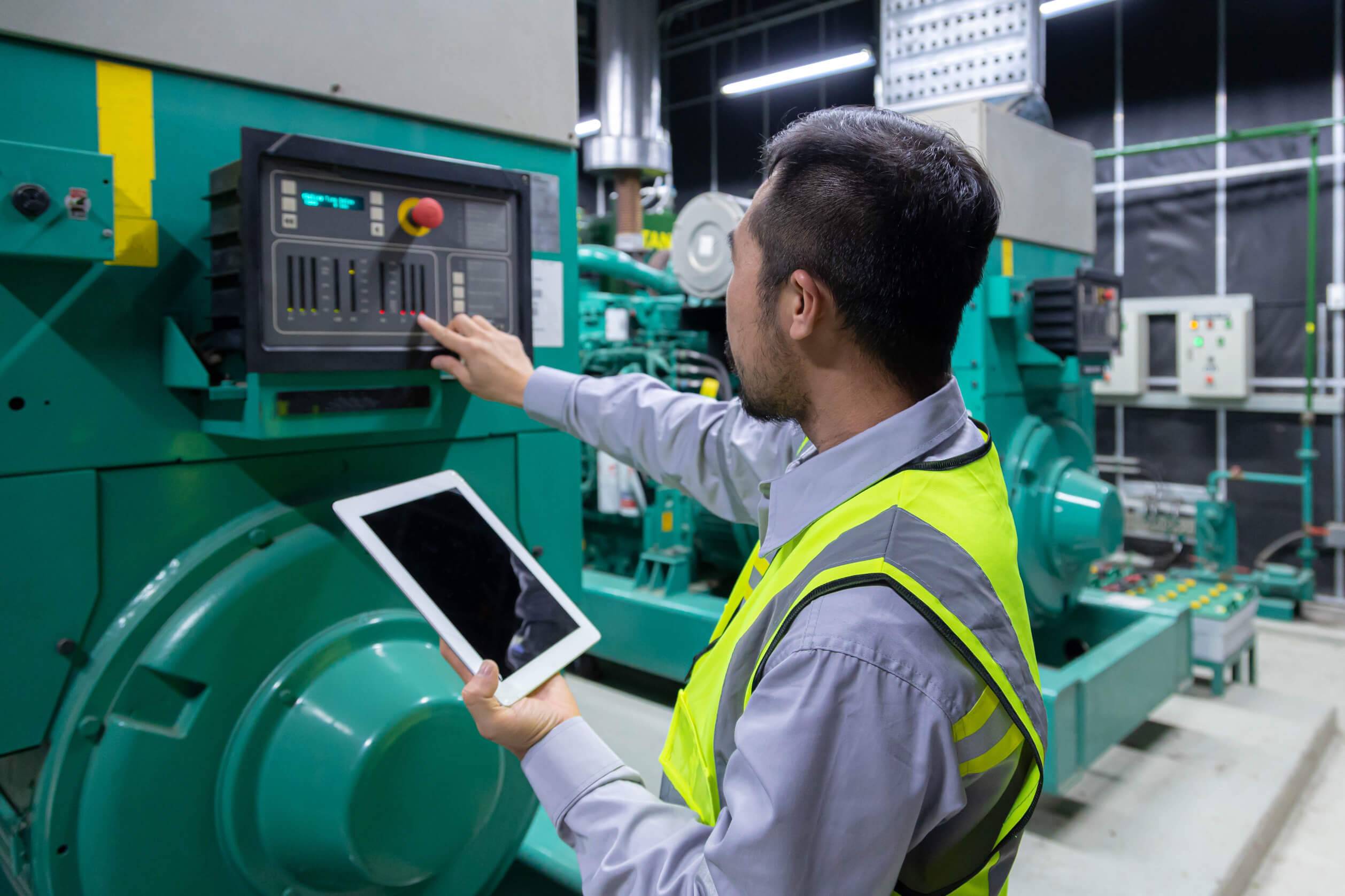
The No. 1 goal of any industrial facility shouldn’t be tied to profits or productivity, but to maintaining a safe working environment. A simple, yet often overlooked, strategy is adequately communicating safety risks and hazards via safety signs and symbols.
Signs exist everywhere. There are traffic signs, caution signs, fire safety signs, danger signs, etc. And while they’re important for communication purposes everywhere, they’re arguably all the more important in an industrial setting.
In other words, a successful plant is one that ensures workers return home in the same condition that they arrived for their shifts. So, yes, health and safety should be a priority. There are a number of tools to ensure that a plant meets its safety obligations to its workers.
In this post, we’ll cover the importance of occupational safety signs and hazard symbols for workplace safety and the types of safety signs and symbols to post. Just think of it as Safety Signs and Symbols 101.
“In recent years, companies . . . have made great strides in responding to safety hazards. The trouble is, these hazards seldom come to light unless an incident occurs. However, new technologies are now giving companies a reliable way to measure employees’ ability to detect potential hazards in their working environment. This enables organizations to design interactive programs to improve their safety performance and culture.”
McKinsey
Importance of Safety Signs and Symbols
Safety signs and symbols are important because they communicate general protocols and instructions in the work environment. These signs and symbols transcend language barriers so that every worker can quickly and easily understand their messages.
Most employers understand the importance of safety in the workplace. Many of them even have standard operating procedures in place to prevent incidents from occurring.
Management needs to use signage that sends clear messages to reduce accidents, communicate risk, and bring awareness to potential onsite hazards. In addition to being effective communication tools, safety signage helps facilities remain compliant with federal and local regulations and ISO standards.

Types of Safety Signs and Symbols
Safety signs and symbols are dictated by color, images, and short phrases that communicate safety messaging throughout a facility. Here, we’ll discuss the five main types of signage and what they’re designed to communicate.
1. Prohibition

This signage is designed to prohibit specific activities taking place in specific areas, to prevent harm to individuals or groups. For example, a simple prohibition symbol is the “no smoking” sign. We often see this sign near gas station pumps or around flammable equipment or materials. In addition, building maintenance crews often place signs to keep the public safe.
Prohibition signs tend to depict the prohibited activity inside a red circle with a diagonal line across it on a white background. Examples of prohibition signs may include those that prohibit access (whether it’s to people or industrial vehicles) and touch. Across industries, Lockout Tagout safety procedures require signage to keep workers safe.
2. Warnings

Warning symbols and signs communicate risk in a given area or around a piece of equipment. They’re usually displayed in situations where a threat may not be obvious to draw attention to it. Warning signs usually contain a yellow triangle with a black picture or text.
Examples include communicating slippery surfaces, flammable materials, high voltage, hazardous materials or other health hazards, and toxic substances. These signs usually have a yellow background to help draw attention to the threat. For example, we often see slippery surface signs in and around hotel maintenance because hotel guests may also be in danger.
3. Mandatory

These signs are designed to communicate an action that individuals must take before entering an area or working with equipment. For instance, before workers enter the shop floor of a plant, they may see signs on the door that communicate the need to wear PPE (proper protective equipment: i.e., eye protection, gloves, hard hats, etc.). These signs are usually blue in color and feature an image within the sign to communicate intent.
Failure to comply with mandatory signage can result in significant injury to individuals or workers or, at a minimum, put workers at a greater risk of sustaining injury. These signs typically feature a white pictogram on a blue background. We saw many of these signs during the COVID pandemic: mandatory masks, temperature checks, and handwashing rules.
4. Emergency

Emergency signs are among the most common signs in an industrial environment. They are designed to be easy to understand and placed in common areas where workers can easily see them and take immediate action in an emergency. These signs tend to be rectangular or square, green in color, and display a picture or image.
Emergency signs are designed to help workers take immediate action, whether it’s finding routes to evacuate a facility, accessing emergency medical equipment, or accessing safety tools.
Some emergency signs you’ll often find throughout an industrial environment include signage communicating the location of first aid kits or medical equipment (i.e., AEDs, eye wash stations, emergency showers), escape routes and emergency exits, and more. These signs tend to feature a white pictogram and a green background. In both corrective maintenance and emergency maintenance procedures, the first item in the SOP is often to follow the rules on the signage.
5. Pictograms

While not one of the main types of signage that you’ll find throughout an industrial facility, it’s worth taking a moment to talk a bit about pictograms. Pictograms are typically used to communicate risks or as signs associated with chemical hazards or chemical exposure in an industrial environment.
Part of the GHS (Globally Harmonized System of Classification and Labeling of Chemicals), these pictograms are required for compliance with OSHA. They must include certain information to meet its Hazard Communication Standard.
“Hazard Communication Standard: In order to ensure chemical safety in the workplace, information about the identities and hazards of the chemicals must be available and understandable to workers.” OSHA
Pictograms may depict health hazards, flammability, the potential risk to the environment, corrosive properties, explosion risk, and more.
Get a CMMS to Help with Signs and Symbols

So how can your industrial facility ensure that safety signs and symbols are properly displayed and used to communicate risk and stay compliant with federal or local safety standards?
We think one of the best ways is to implement and integrate a robust CMMS to track signage usage, create checklists to manage safety and compliance, and quickly streamline communication between all appropriate parties.
Such software should include standard operating procedures with checklists that safety personnel can use when inspecting equipment or spaces. In addition, the proper signage helps ensure appropriate compliance. A good program can help safety staff identify any gaps in signage throughout their facilities.
We know that safety should be the No. 1 goal in any industrial facility. Displaying the appropriate and mandatory signs and safety symbols on equipment and throughout the premises communicates risk, identifies hazards, and helps keep the workforce safer overall.
Check out our Global Procedure Library to find safety SOPs across industries and equipment.
FAQs

Caroline Eisner is a writer and editor with experience across the profit and nonprofit sectors, government, education, and financial organizations. She has held leadership positions in K16 institutions and has led large-scale digital projects, interactive websites, and a business writing consultancy.



















